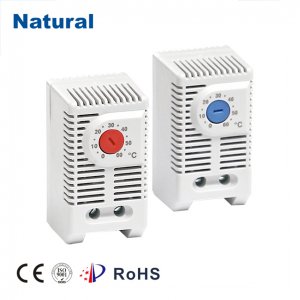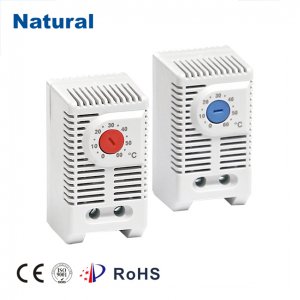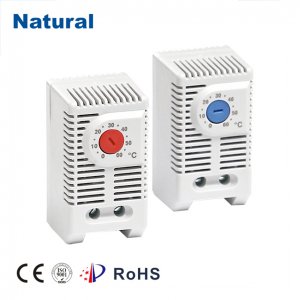A differential thermostat is an essential device for regulating temperatures in various heating, cooling, and ventilation systems. Its primary function is to maintain an optimal temperature difference between two separate areas by controlling heating or cooling devices. By responding to the differential temperature between two sensors, the differential thermostat allows for more precise and energy-efficient temperature control, which makes it a critical component in systems like solar water heating, HVAC systems, and even agricultural environments such as greenhouses.

How Does a Differential Thermostat Work?

The working principle of a differential thermostat relies on the measurement of temperature differences. Typically, the device is equipped with two temperature sensors, one located in the area to be heated or cooled, and the other located at a reference point, such as a storage tank or another space that needs to be maintained at a specific temperature. When the temperature difference between the two sensors exceeds a predefined threshold, the thermostat triggers a response. This could be turning on a heater, starting a cooling fan, or activating other systems designed to maintain the desired temperature range.
